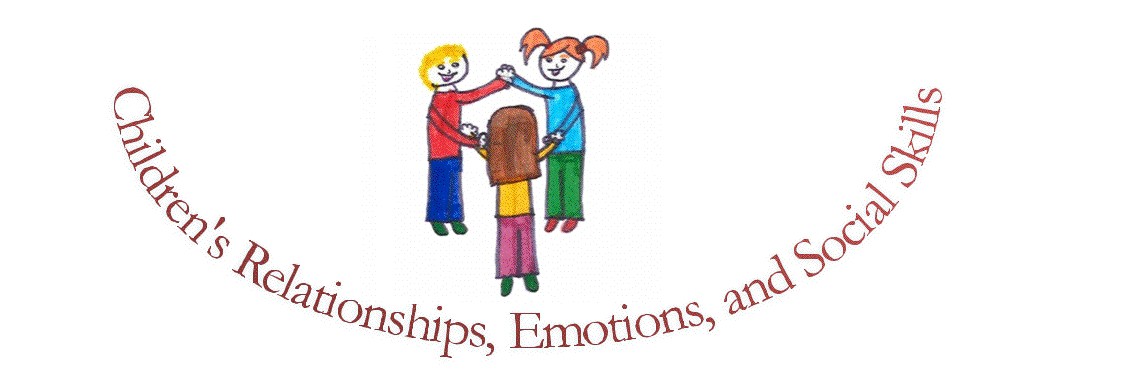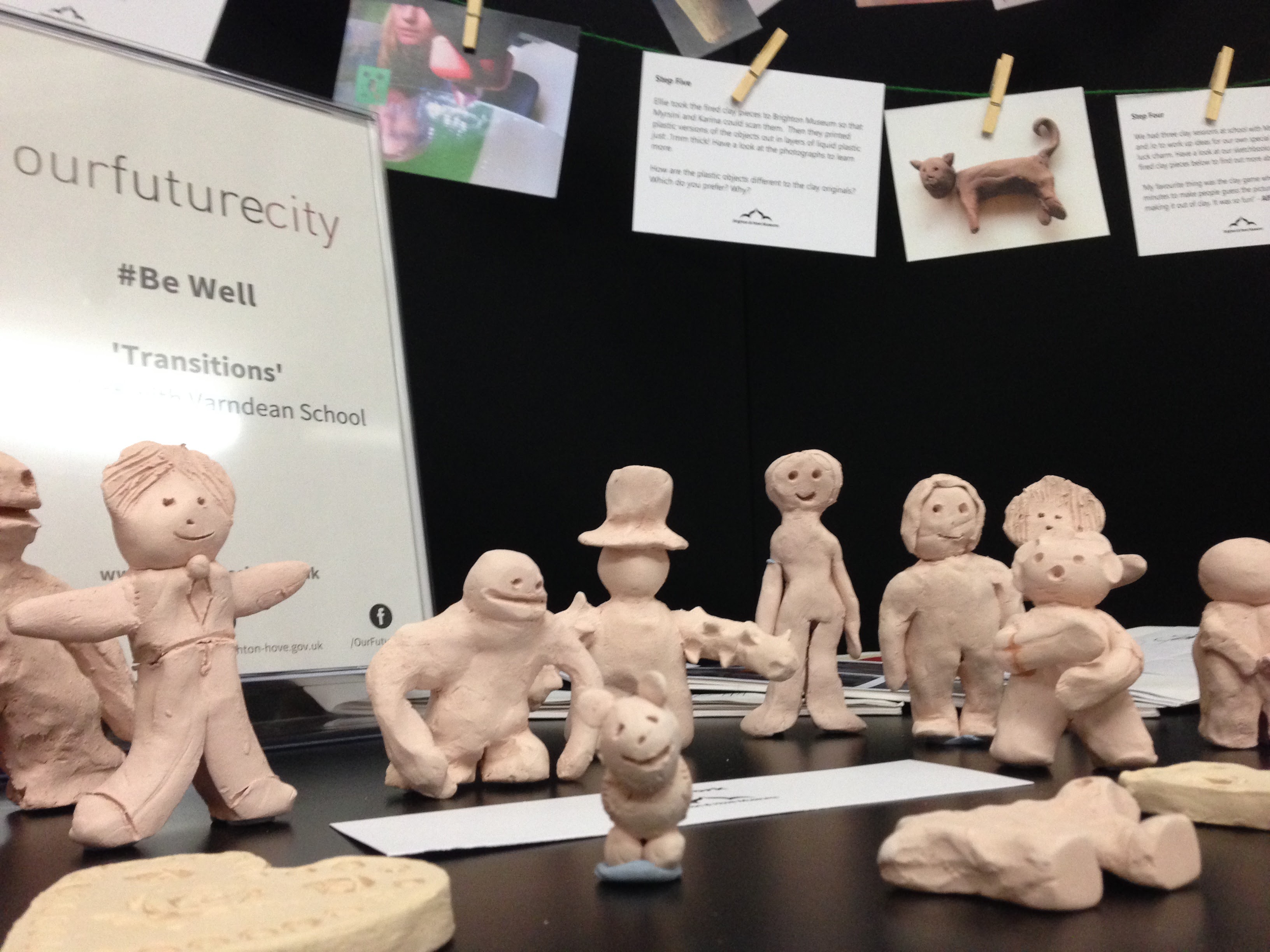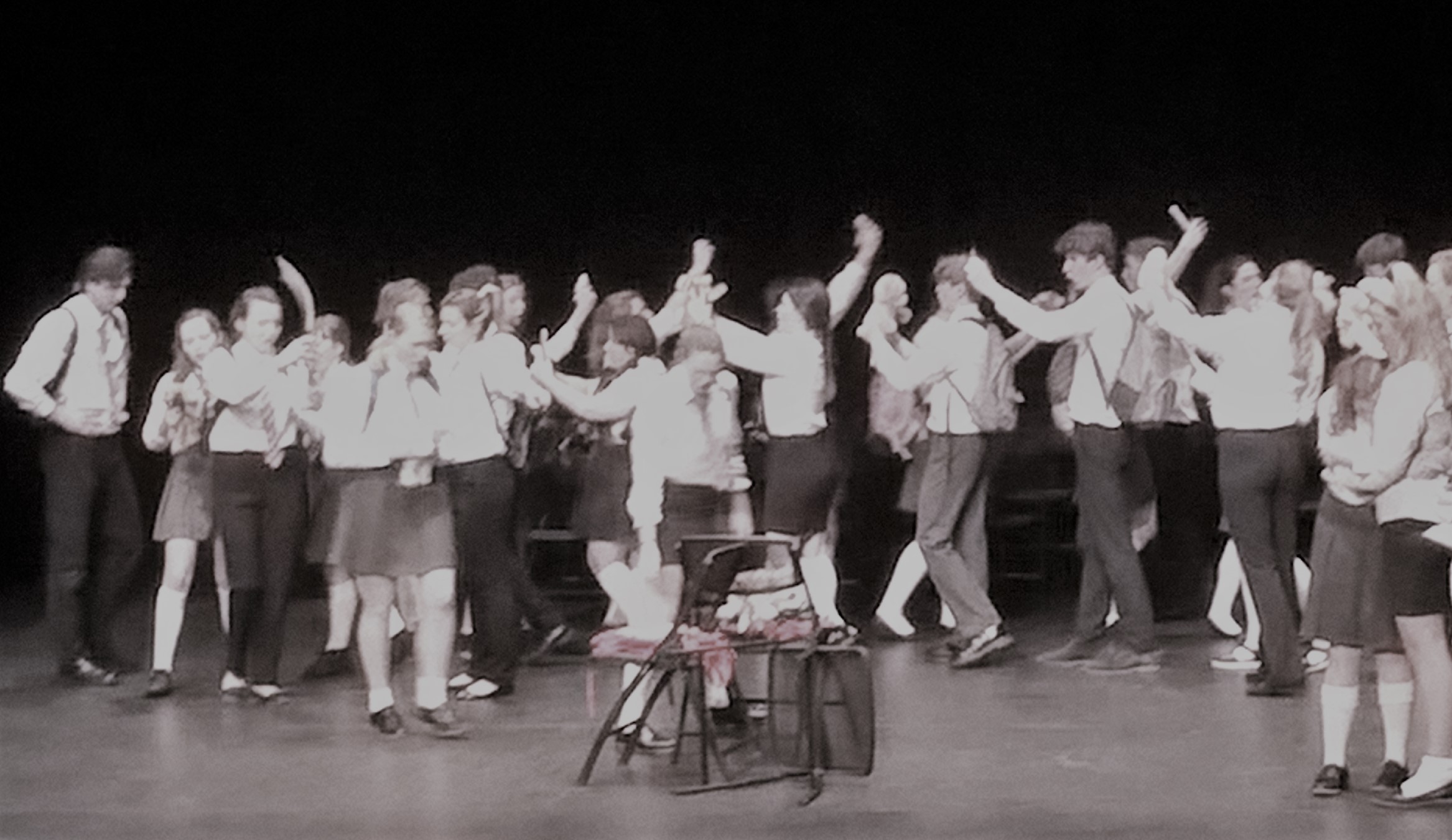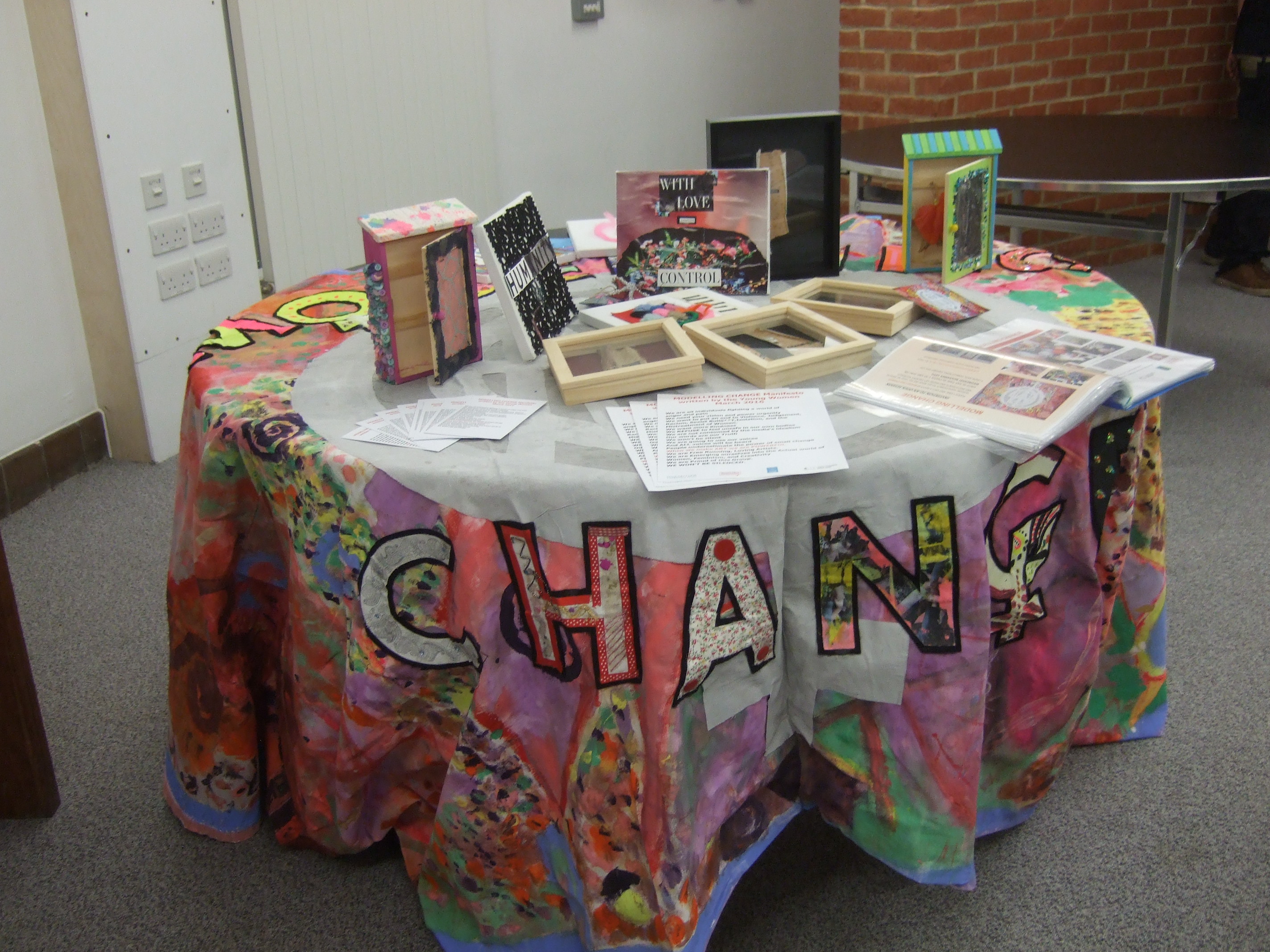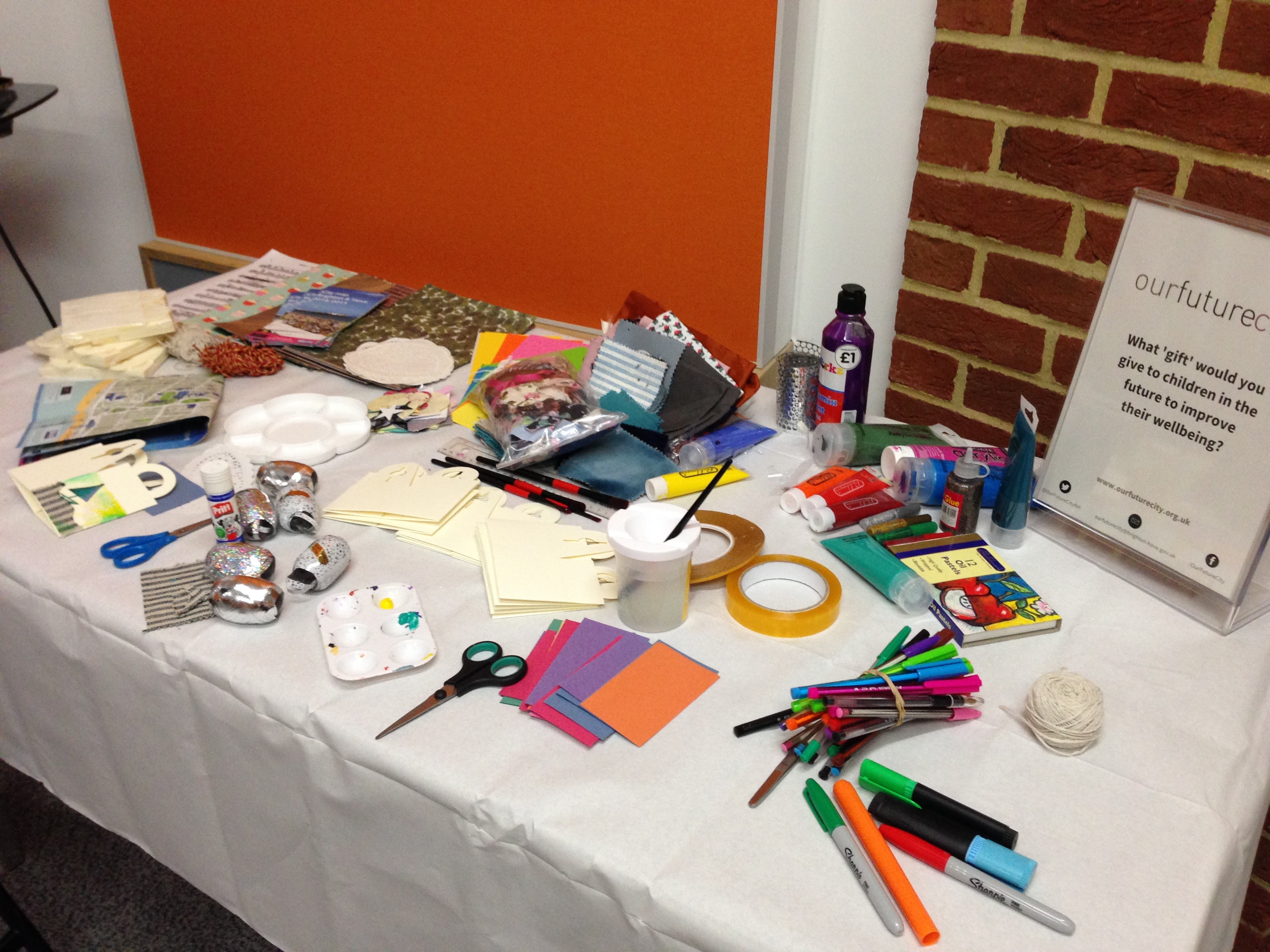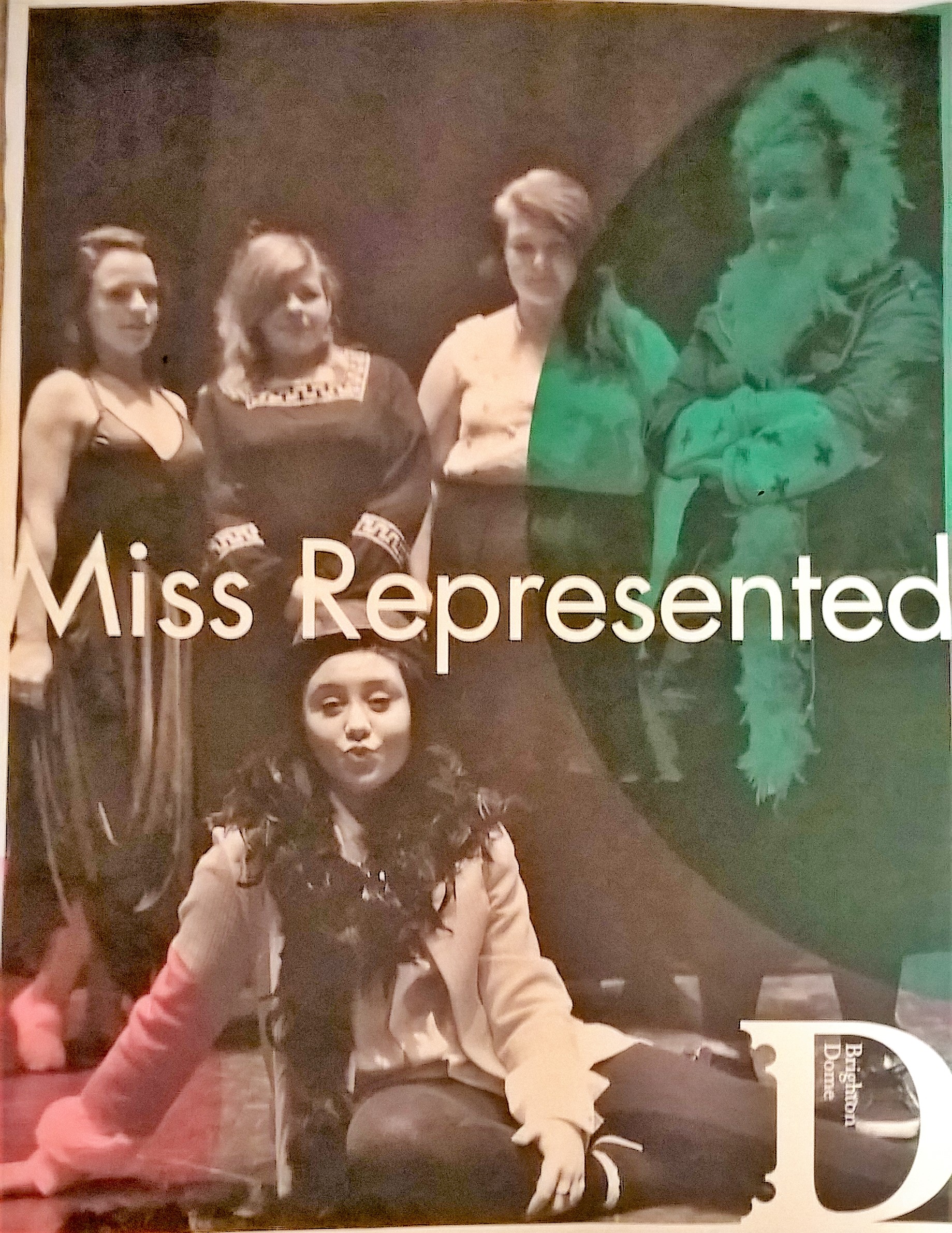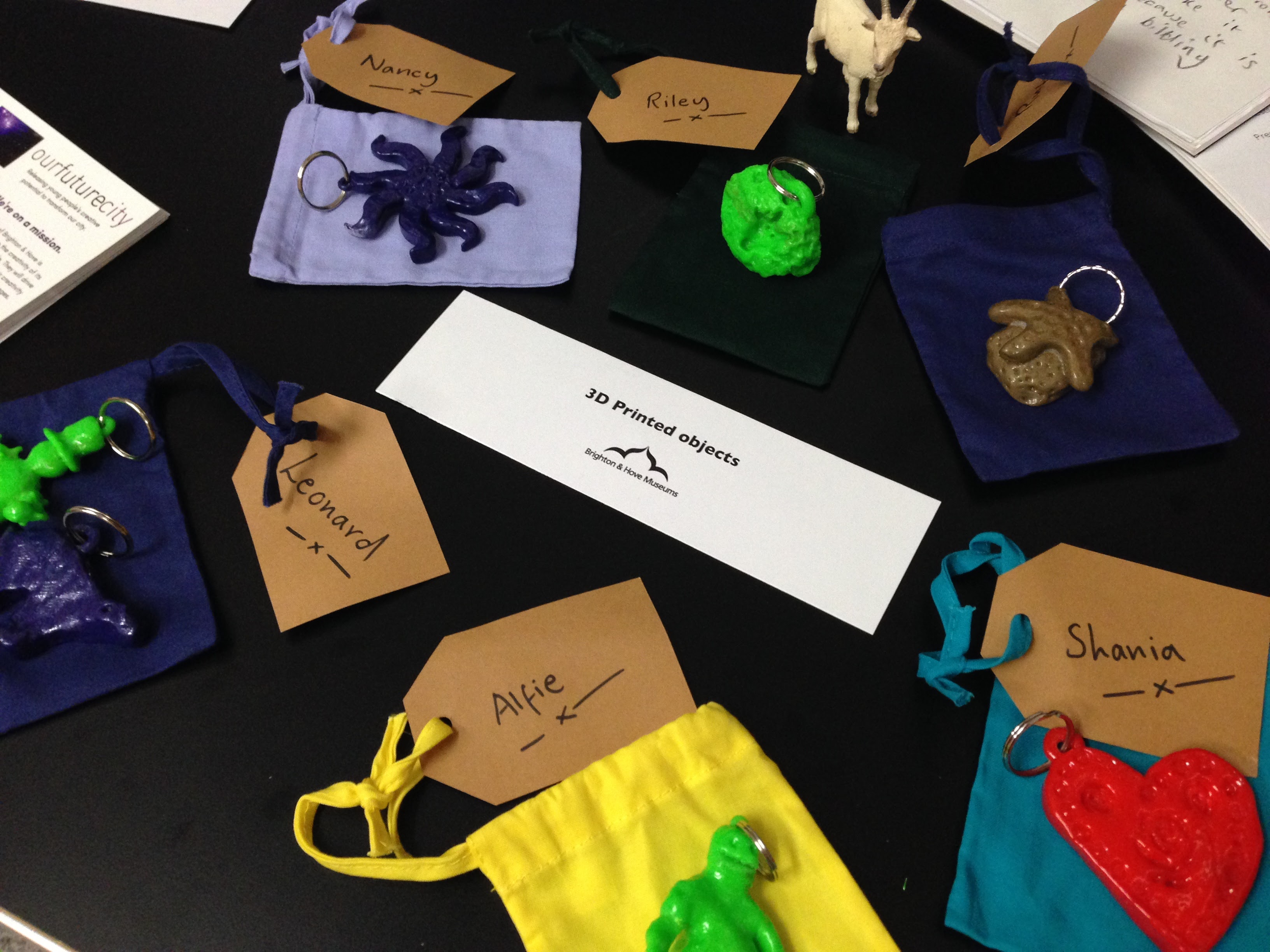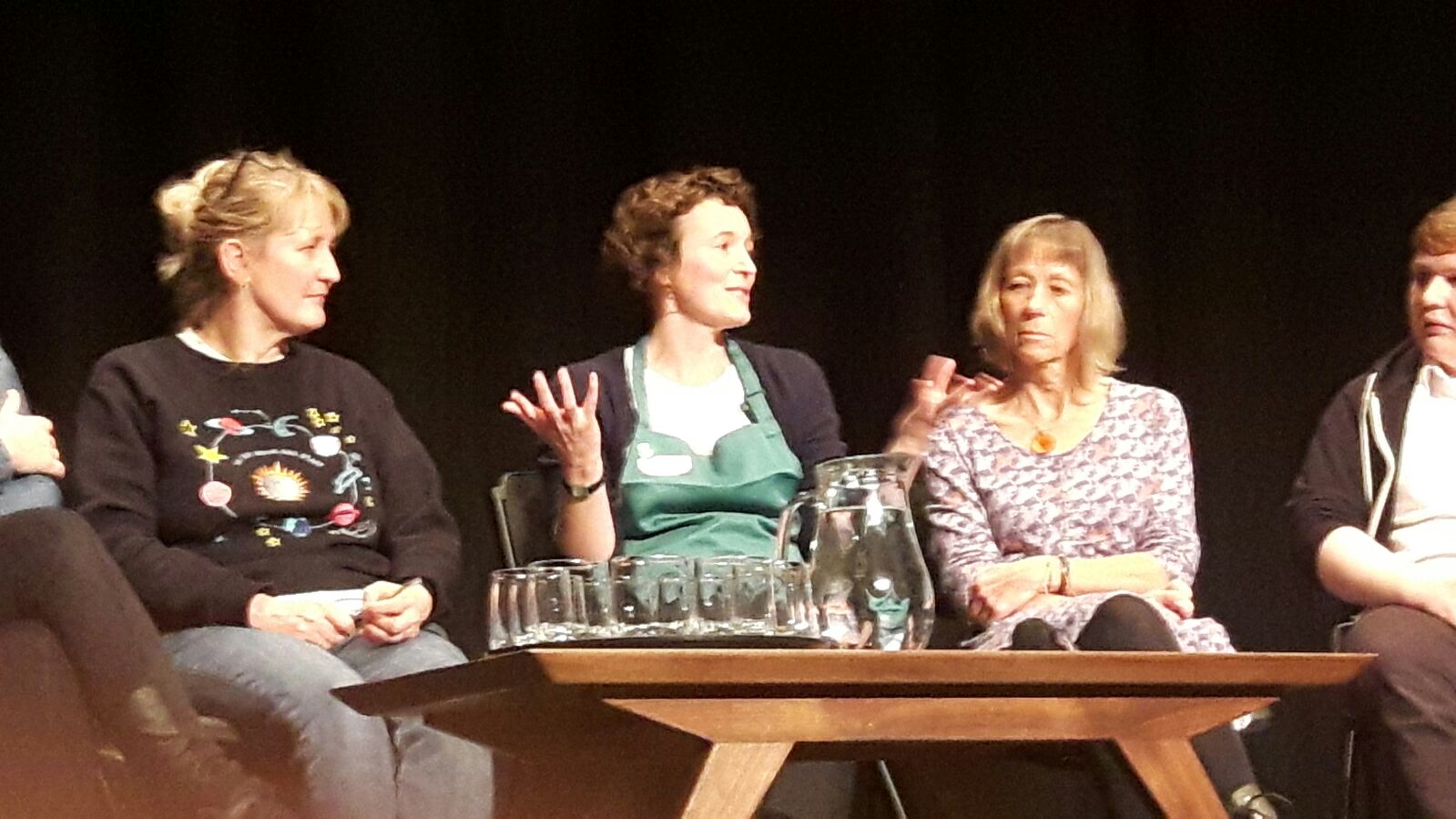[This blog post is also hosted on the Our Future City website]
Although the festive season is no doubt fading into a distant memory as we get stuck into the everyday busy-ness of 2017, one event from December will really stick in my memory for some time to come. That event took place in the beautiful Attenborough Centre for Creative Arts at the University of Sussex. It celebrated young people’s involvement with a wide range of creative arts organisations that have been working with my research team, and was part of our collaboration with Our Future City, the local city-wide initiative to grow creativity and nurture well-being in children and young people through arts and culture.
In an appropriately ‘creative’ deviation from the typical programme for an academic research event, our night at the Attenborough Centre did not include a single lecture or presentation. Instead, the people who came to the event not only saw powerful artistic performances by young people, but also were able to explore the different spaces in the venue and talk to arts practitioners, learn about and reflect together on research findings, and experience workshops on young people’s engagement with the arts.
When we were planning this event, I was worried that this was going to be too difficult – it certainly felt more complicated than a conventional sit-down-and-listen approach! But as it turned out, it was remarkably simple. Fortified by mince pies and mulled wine at the beginning of the evening, people simply found their own way to explore all that was on offer and to learn, share, discuss, and celebrate the myriad ways in which young people benefit from engaging with the arts.
The event was bookended by two remarkable performances. Miss Represented, a project from the Brighton Dome for young women aged 13-21, led things off with a moving and inspiring work-in-progress ahead of a new tour this year. The group performed some excerpts from their sell-out show Home:Life, which explored experiences of being young and homeless with little or no support system. And towards the end of the evening, Glyndebourne Youth Opera (aged 14–19) performed extracts from the critically-acclaimed youth opera Nothing. This opera, which premiered at Glyndebourne in 2016, tells the haunting story of a group of teenagers trying to convince their classmates that life has meaning.
In between, people at the event had the opportunity to explore a range of other arts organisations working with the University of Sussex research team, including: Turner Contemporary’s Youth Navigators programme of philosopher-led discussions stimulated by art; the Thames Valley Partnership’s Modelling Change mixed-arts work with young women; and Little Green Pig’s innovative work on creative writing for children and young people in Sussex. And, of course, colleagues from OFC were kept busy throughout the night sharing all the exciting work that is taking place in Brighton & Hove. This included the Youth Transitions project, which has used sculpture and 3D printing to explore young people’s experience of transition to secondary school.
Crucially, psychological insights from our research work were at the very heart of discussions throughout the night. General positive benefits of engaging with the creative arts were identified, including improvements in emotional well-being as well as skills in the arts themselves. Young people also reported strong feelings of positive support from both staff and other young people.
But we also explored some of the important differences in how young people engaged with creative arts. Overall, the greatest benefits appeared when children focused on mastery and skills development, rather than dwelling on how they look to others or trying to be better than others. Perhaps most importantly, we showed that improvements in well-being were greatest when the creative arts nurtured young people’s sense of connection with the people around them in their lives.
The arts organisations involved in our research varied enormously in terms of their immediate aims, who was involved, and what activities were undertaken. But the messages above were found consistently across the different projects, showcasing the common value of participation in the arts for young people. Our panel discussion at the end of the evening included thoughtful questions and comments from the audience, and fascinating insights from a panel that included researchers, arts practitioners, and young people.
Feedback from people following the event showed us that everyone – including the young performers – took new ideas, contacts, and energy away with them when they left the Attenborough Centre at the end of their busy night. The discussions have certainly given us fresh impetus to take forward new ideas for our research on young people’s engagement with the arts – but that’s for another blog post!
Whatever might be happening in the world, we know that young people every day are becoming empowered and energised by the creative arts. We look forward to continuing our evaluation and celebration of this work in 2017!
- OFC Youth Transitions project at Varndean School
- Glyndebourne Youth Opera performing extracts from ‘Nothing’
- Modelling Change from the Thames Valley Partnership
- Our Future City, nurturing creativity and well-being
- Little Green Pig creative writing team
- Miss Represented from the Brighton Dome
- OFC Youth Transitions project at Varndean School
- ‘Beating the Odds’ Panel Discussion
- ‘Beating the Odds’ Panel Discussion

